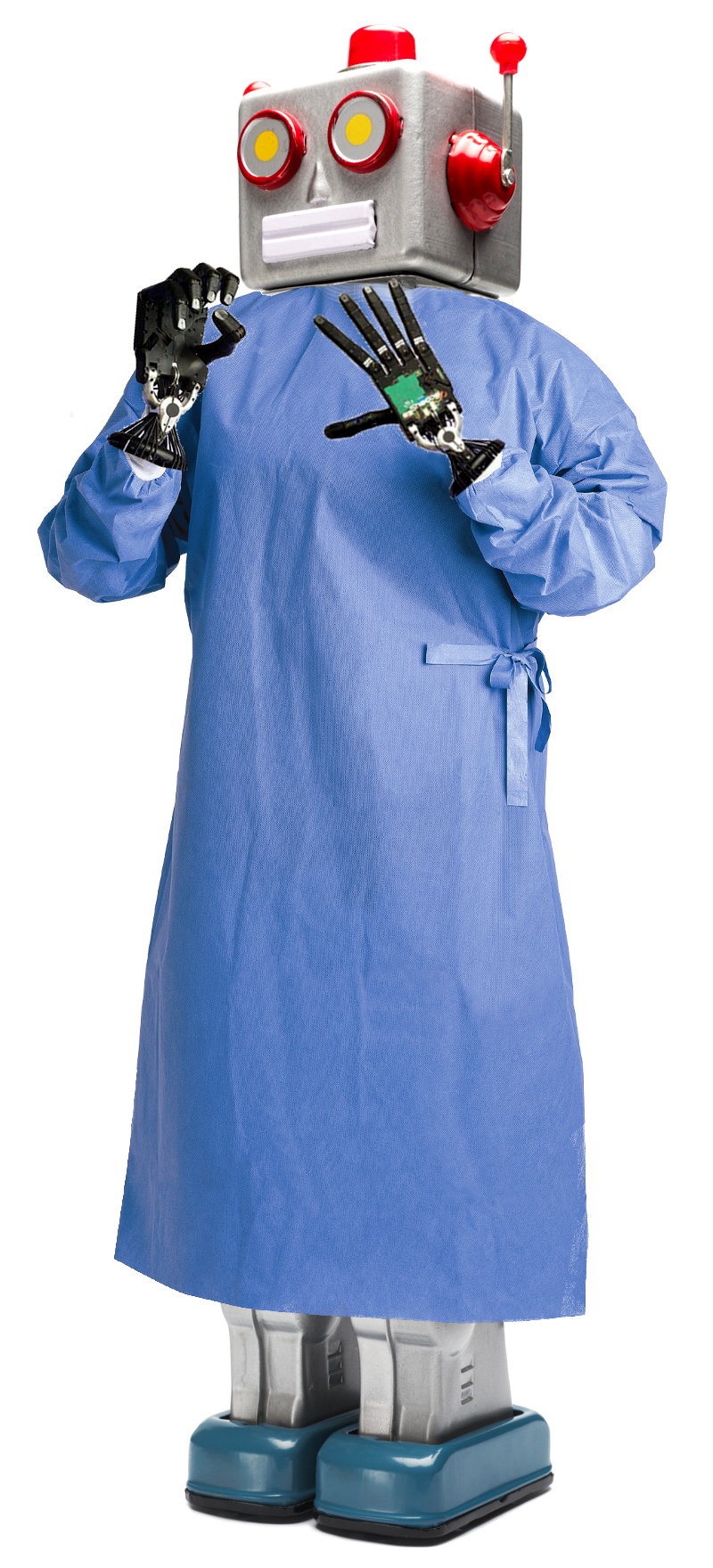Robots trained for superbug sweep
 Robotics could be used to combat one of the greatest threats to global health and food security.
Robotics could be used to combat one of the greatest threats to global health and food security.
It is not an understatement to say that antimicrobial resistance (AMR) has the potential to destroy much of modern human society. If AMR ‘superbugs’ enter the community and spread uncontrolled, there is very little that health systems could do to respond.
AMR carries an estimated cumulative cost of 100 trillion USD by 2050.
Experts say that it is critical technological solutions to AMR surveillance are embraced if the world is to prevent a return to an era where bacterial infections in humans and animals were a major cause of mortality.
Researcher Dr Sam Abraham from Murdoch University’s Antimicrobial and Infectious Diseases Laboratory says that one of the key processes in managing antimicrobial resistance is surveillance.
“Surveillance requires the large-scale sampling of indicator organisms – bacteria such as E. coli, that are common to a wide variety of humans and animals and which typically don’t cause disease – to determine what antimicrobial resistances they are carrying, and whether these resistances are being detected more frequently,” Dr Abraham said.
Conventional, human-centric methods have long dominated the way antimicrobial resistance is surveyed, yet there has been very little improvement since their conception.
These methods are hamstrung by high-processing costs and slow turnaround times, making them incompatible with the high volumes of sampling required to accurately depict a population’s AMR status.
“A consequence of continuing surveillance using conventional methods could mean that more serious, but less frequently occurring resistances may be slipping through the cracks,” said Dr Abraham.
“If these highly important resistances are not being detected, the necessary research into combatting them cannot be undertaken.”
In order to overcome the limitations to scalability, Dr Abraham’s team have developed a high-throughput robotics platform called RASP (Robotic Antimicrobial Susceptibility Platform) to drastically increase processing power, cutting processing times by two thirds, while maintaining or improving upon the quality of results generated by human technicians.
“This will be the next generation approach to surveillance of antimicrobial resistance and could be applied to other areas of bacterial resistance” Dr Abraham said.
“It is critical that researchers harness robotic platforms like RASP if we are to resist the current mortality trajectory of antimicrobial resistance”







 Print
Print